
All pages and blog posts

Blog

Conversation notes
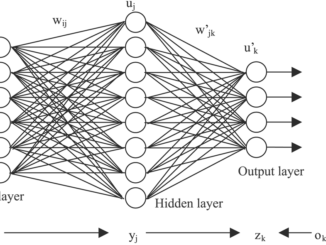
Featured Articles

Continuity of progress

Historical Continuity of Progress
Methodology for discontinuous progress investigation
AI Impacts’ discontinuous progress investigation was conducted according to methodology outlined on this page. Contents DetailsOverviewChoosing areasChoosing metricsData collectionDiscontinuity calculationRequirements for measuring discontinuitiesCalculating previous rates of progressTime period selection and trend fittingTrend calculationDiscontinuity measurementReporting discontinuities‘Robust’

Continuity of progress
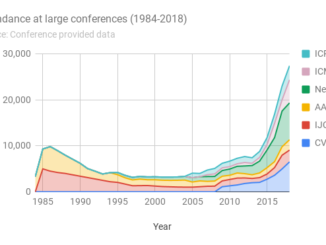
AI Inputs
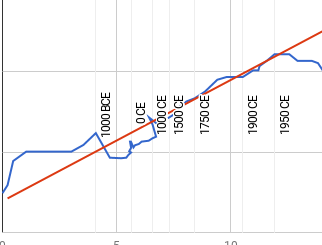
AI Timelines
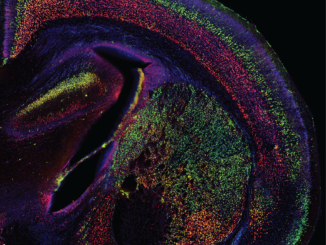
Blog
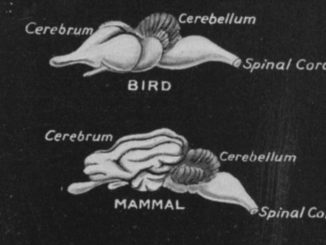
AI Timelines